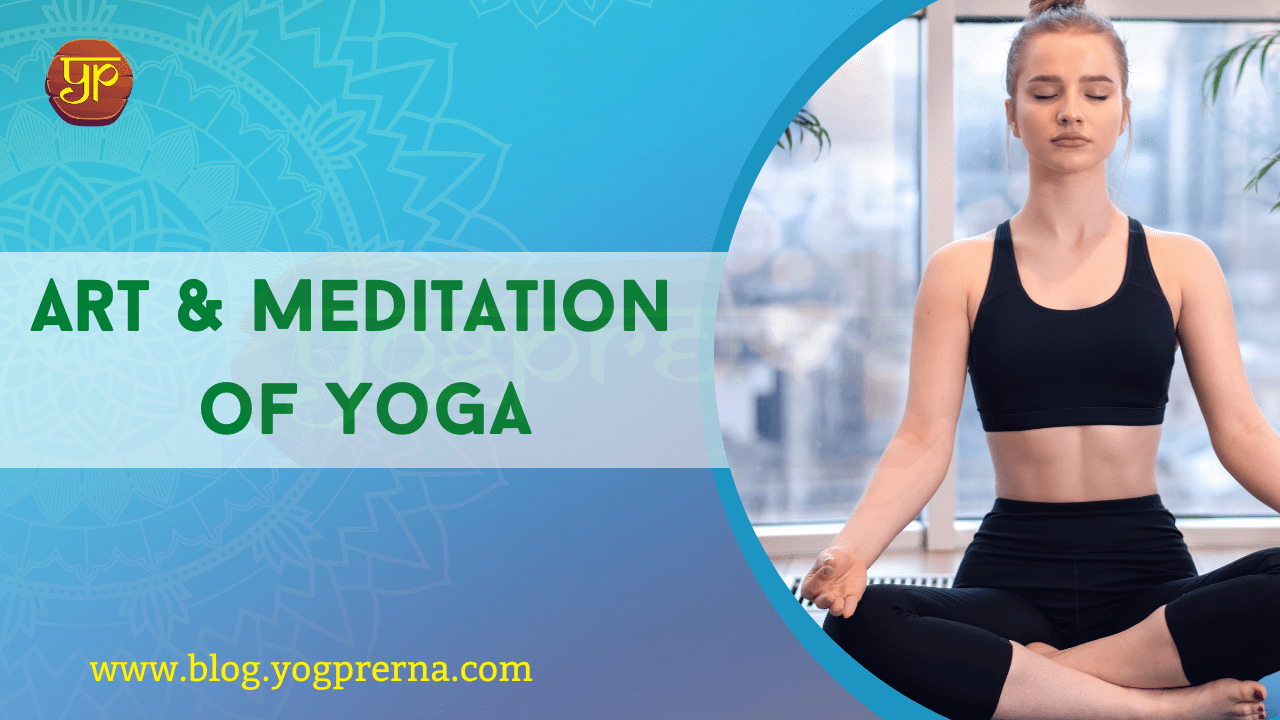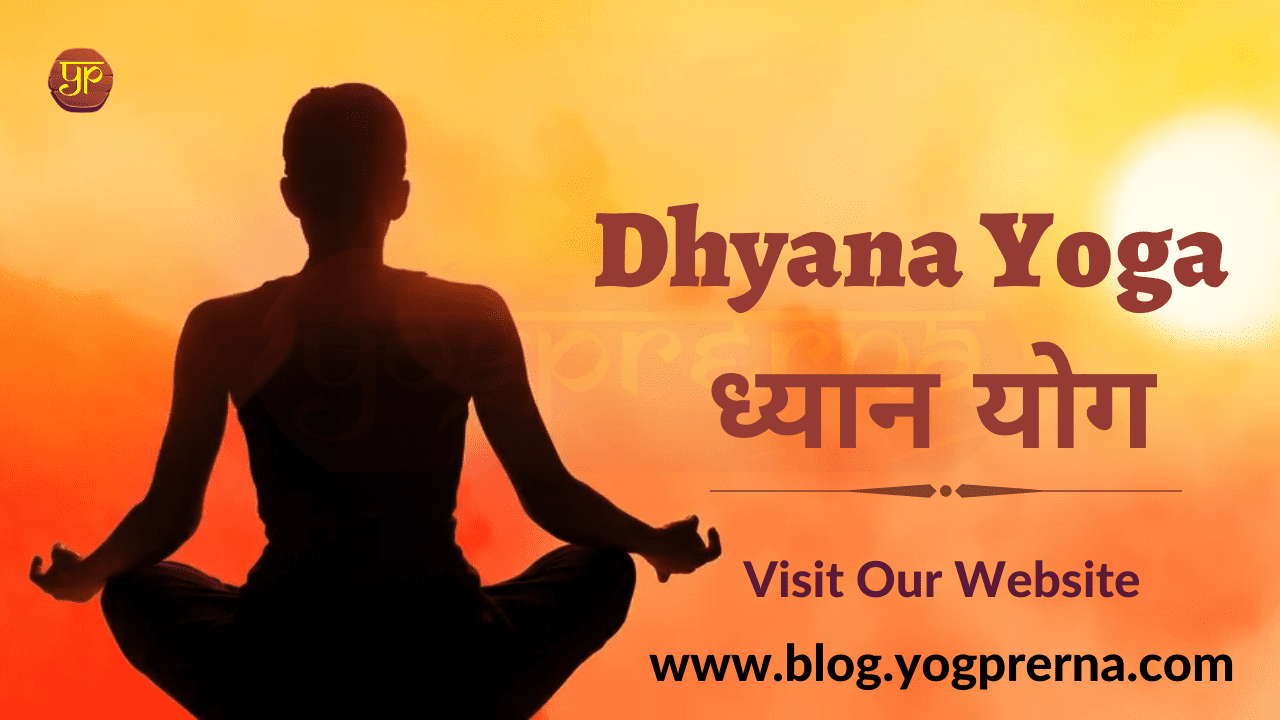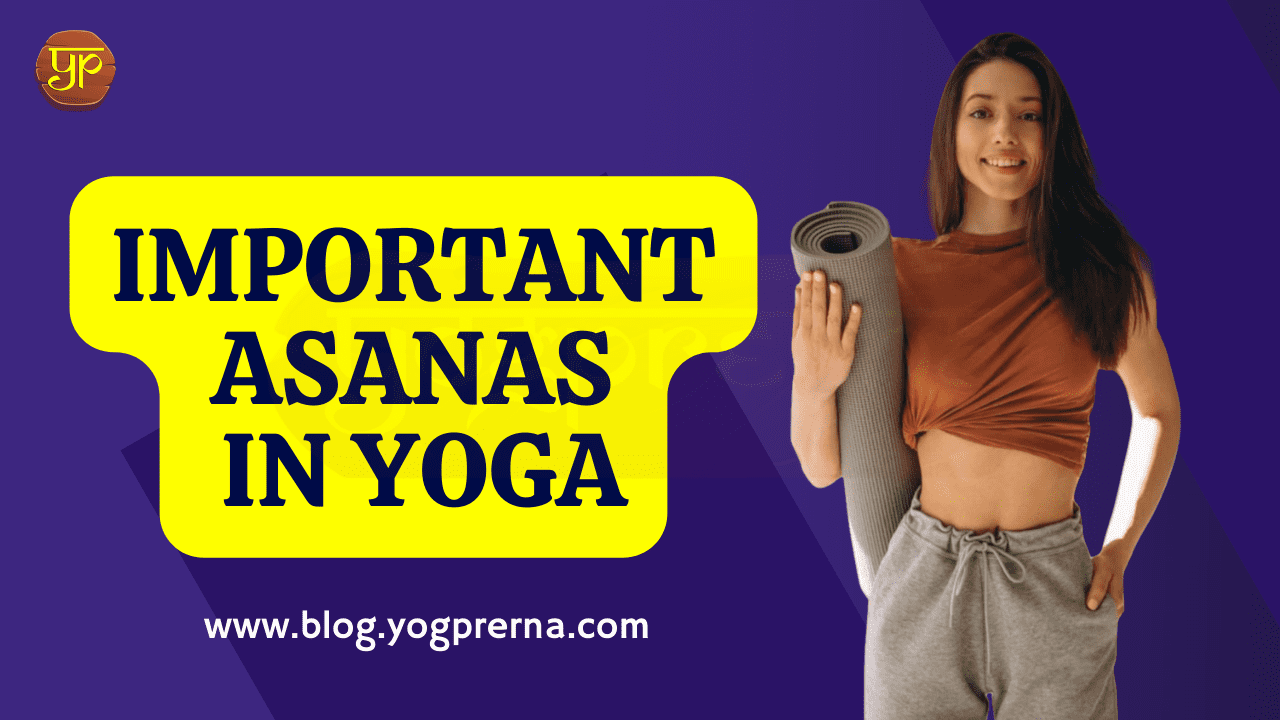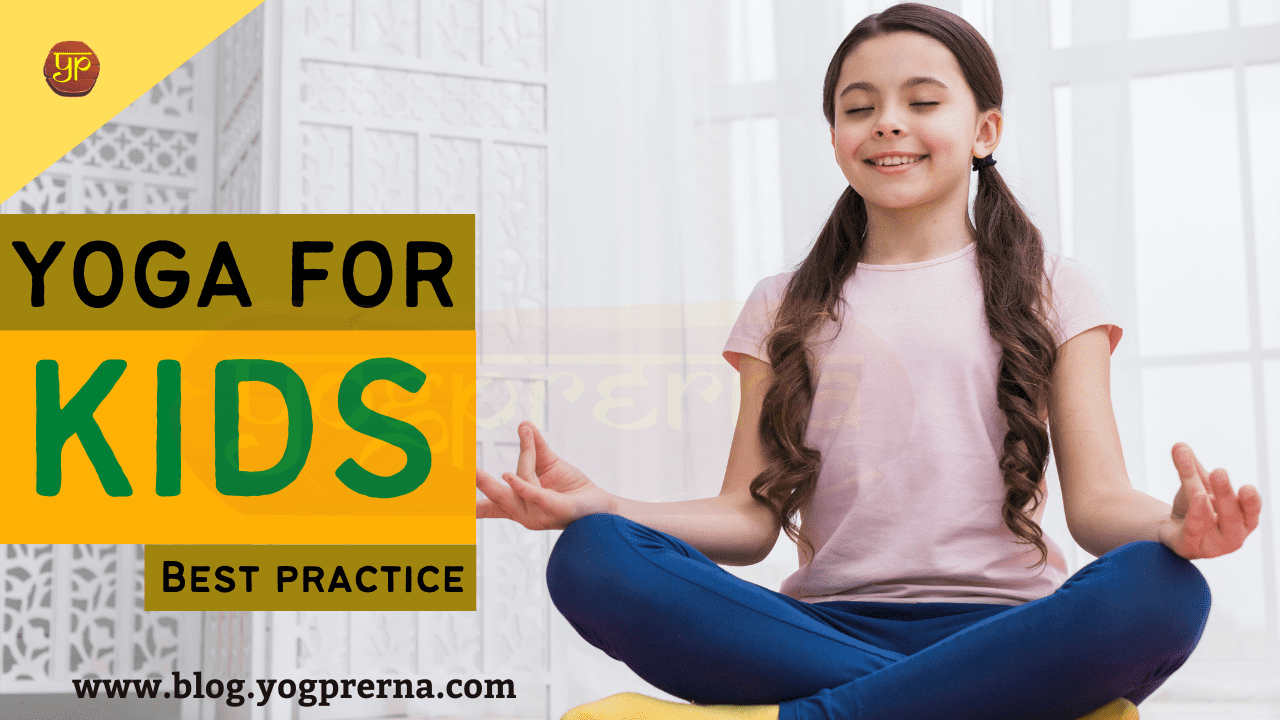The art of living yoga and meditation
Art of Yoga and Meditation: Sanskrit is the language from which the word “yoga” originated. Yoga, which is defined as “to join together,” clearly works by uniting the individual with their innermost self, or by integrating the body and brain’s functional systems together.
It is a strategy in which a few easy exercises aid a person’s physical and mental health. The foundation of yoga’s therapeutic procedure is breathing, which involves the movement of air through the body and, as a result, the inadequate flow of blood through various body areas. The word pranayama, which means “managed breathing,” best captures what yoga is all about.
Yoga thought to have originated some 5,000 years ago, finds its roots in the Vedas, the earliest documentation of Indian culture. Its main focus is getting the person ready to see their own potential.
Yoga and Meditation: State of Mind
In contrast to traditional art workshops, which place more emphasis on the artwork produced than on the artist’s feelings and ideas, when we create in a meditative manner, the artist’s mental state is what is most significant.

By putting our own ideas or concepts into our artwork, we are preventing creativity from being released through us. Here, the distinction is not merely lexical; it also reflects a very different approach to art. In a meditative state of creation, “I create” is not an active action; rather, it is a passive state in which we make ourselves available, much like in meditation.
The Secret to Pranayama: Air Circulation in the Body
The Hindi word “Pran” denotes the soul, which is in charge of a person’s life. Hindus hold that the supreme king and god Brahma’s creation is known as “Pran.” The yoga masters assert that “Motion” is Pran’s fundamental feature. Vayu (Air), which is constantly in motion, possesses this attribute of Pran.
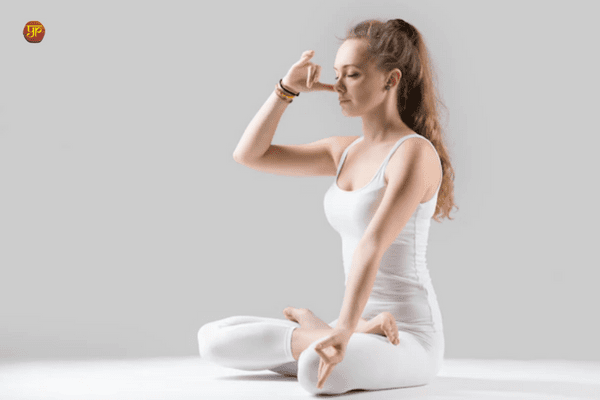
When the body receives sufficient amounts of this air, the body and all of its organs function more quickly and efficiently. According to Hindu philosophy, the human body is made up of five fundamental elements: Prithvi, Vayu, Agni, and Akasha, Jala.
Of these five, it is believed that the air plays the most important part in keeping the body moving. The body must be in tune with our cognitive process and be able to support the efforts needed for achievement if we are to achieve monetary advantages and success in life.
The mind and body are supposed to function in perfect harmony with the aid of meditation and spirituality, yet on our own, it would be quite difficult for us to focus on anything without becoming distracted by external pressures.
These yoga therapies aid in reviving the body and mind, preparing the individual with renewed vigor for the day’s tasks. Big corporate houses in many nations are requiring professionals to practice yoga and relaxation techniques throughout the course of their work because they recognize how important it is for enhancing energy levels. This will enable these experts to play a part in the operation of the organization as fully as possible.
Yoga treatment, which uses a variety of asanas in addition to Pranayama, is incredibly beneficial for improving one’s physical health. The Hindi word for sitting position is asana. So, by methodically adopting particular stances and postures, various sections of the body can be worked up, which stimulates various parts of our body to infuse us with new passion and energy.
Along with improving blood flow to various places of the body, these types of asanas also aid to calm the wearer’s psyche.
The Art of Yoga and Meditation
The four areas of meditation are sensory, body, breath, and mind. Observing, accepting, comprehending, and honing each of these different facets of who we take skill.
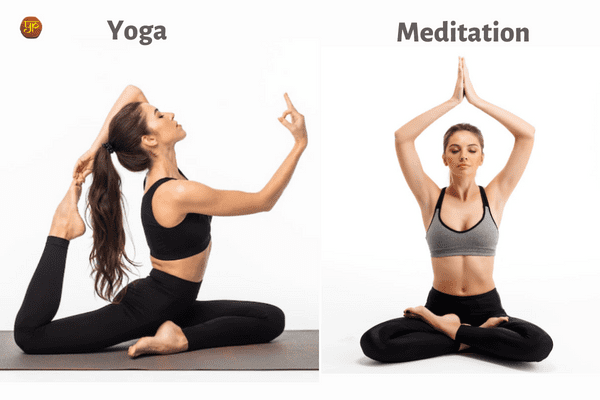
By monitoring the senses, one learns to be more aware of how the mind is led in different directions by smell, taste, touch, sight, and hearing. One begins to see the various ways the body purifies and eliminates, the delicate influence of our physical drive on activities and artistic expression, the lovely variations of motion and dexterity in handling objects, and the awesome process of speech. It is unquestionably an art to observe, accept, comprehend, and train these faculties.
Yoga postures teach one to let the body flow into the poses while maintaining heightened awareness and concentration. This is a skill.
With the use of breathing exercises, one may take their time examining how extremely slow and smooth they may make their breaths, eradicating weirdness and interruptions. The physical body can become calmer, and the mind can become still, as a result. Also, this is an art.
The brain is revealed as an amazing instrument with several currents and cross-currents once the first discomfort with calming the conscious mind has passed. However, the meditator learns that “who we are” extends further than the mind, and that the journey to the core of awareness involves an exciting and enjoyable analysis of thoughts and feelings. It is also an art to explore.
Conclusion
The art of yoga and meditation is described in this article. If you have any queries to share, feel free to let us know in the comments section.
May You Like: Importance of yoga in our daily life || How yoga connects us to nature
Frequently Asked Questions (FAQ)
-
What is the art of yoga and meditation?
The four areas of meditation are sensory, body, breath, and mind. Observing, accepting, comprehending, and honing each of these different facets of who we take skill.
-
What is the connection between yoga and meditation?
By eliminating the restless energy we carry, yoga supports us in bringing the body to a state of calm and prepares us to completely engage in meditation. Chanting and yoga both help us to expand our hearts and let energy flow upward to the higher chakras and higher states of consciousness.
-
What is the benefit of yoga and meditation?
Meditation and breathing exercises are integrated into yoga to support people become more mentally healthy. Regular yoga practice improves bodily awareness, reduces chronic stress patterns, relaxes the mind, draws attention, and sharpens concentration. It also develops mental clarity and peace.
-
What are the five elements of yoga?
The five elements of yoga are as under 1. Air 2. Water 3. Fire 4. Earth 5. Space.
-
Is it better to do yoga or meditate first?
Since yoga and breathwork harmonize the nervous system and awaken your subtle energy, meditation is best practiced after these activities.

